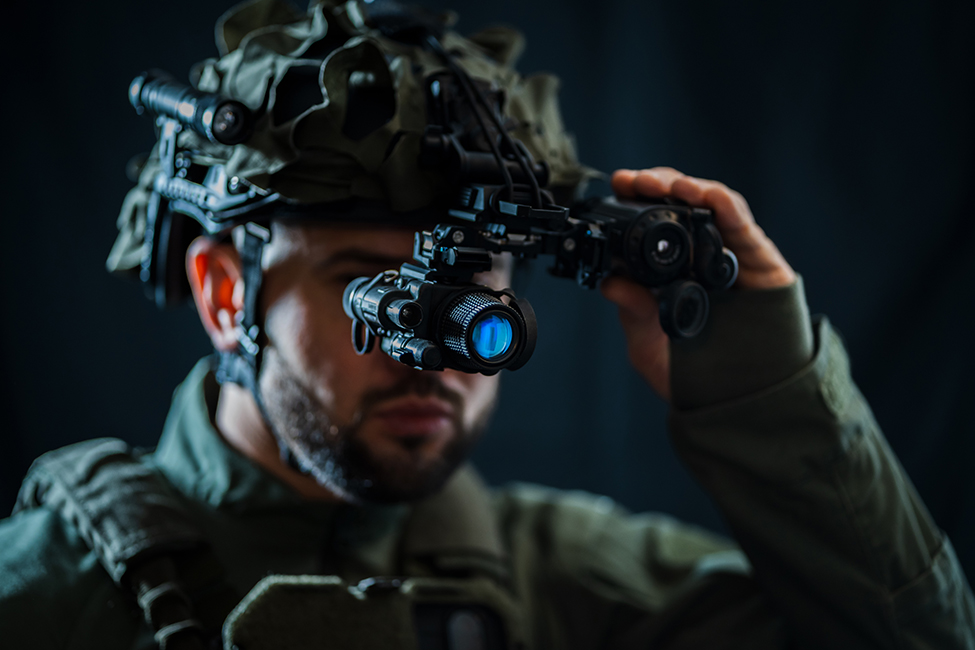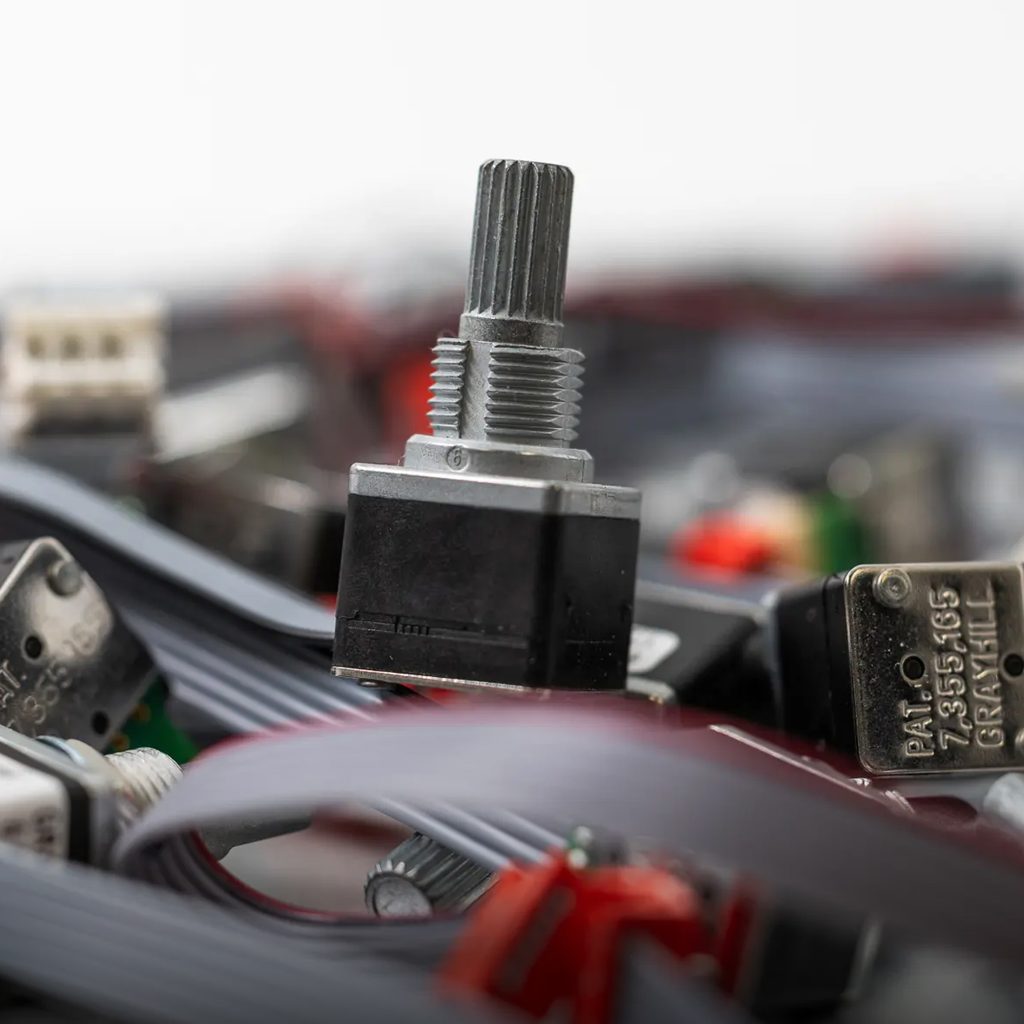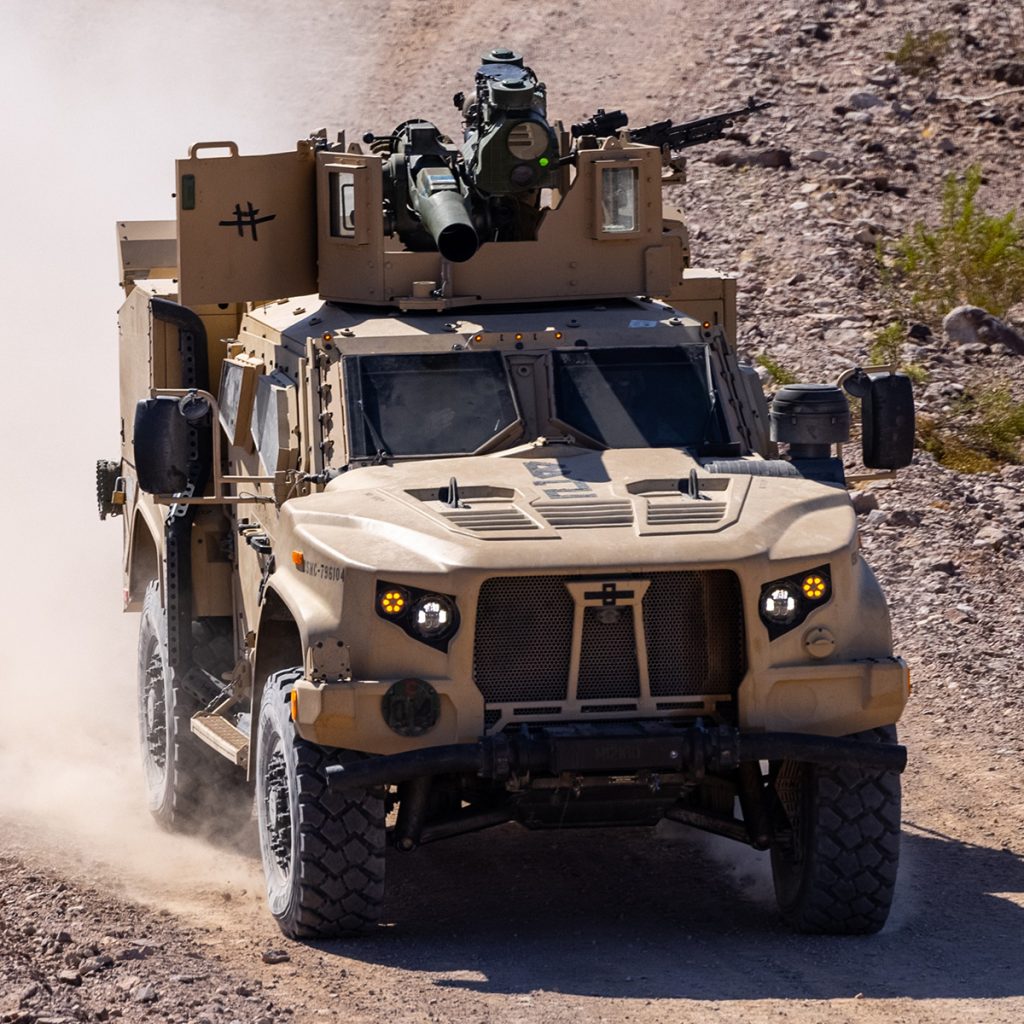
In military operations, visibility is more than just a convenience; it’s a matter of mission success and safety. For crews operating in low-light or covert nighttime environments, operator interfaces must support night vision devices without compromising clarity, functionality, or stealth. That’s where Night Vision Imaging System (NVIS) compatibility becomes critical.
At Grayhill, we specialize in rugged human-machine interface (HMI) components designed to perform in the harshest, mission-critical conditions. Our NVIS-compatible keypads and display assemblies are engineered to deliver clear, intuitive control without interfering with night vision goggles or scopes.
Why NVIS Compatibility Matters
NVIS-compatible interfaces ensure that backlit controls remain visible to the human eye while minimizing IR emissions that can disrupt night vision optics. Meeting these requirements typically involves compliance with MIL-STD-3009, the U.S. military standard for NVIS lighting performance.
Design Challenges and Considerations:
- Backlight intensity and color: Must remain within strict spectrums to avoid Night Vision Goggle (NVG) washout
- Contrast and legibility: Text and symbols must remain readable under both day and night conditions
- Durability: Materials must withstand vibration, dust, temperature extremes, and long-term field use
Grayhill’s Approach
Our NVIS-compatible keypads and displays offer:
- MIL-STD-3009 compliant backlighting
- Tactile, backlit buttons for gloved operation
- Custom labeling and layouts tailored to the application
- Sealed designs for rugged ground, air, or naval environments
From vehicle dashboards and warfighter-worn gear to handheld control units, Grayhill helps defense OEMs and system integrators maintain performance and reliability in the dark.
Ready to See More?
Join us at Milipol Paris 2025 to explore our NVIS-compatible HMI components in person.



